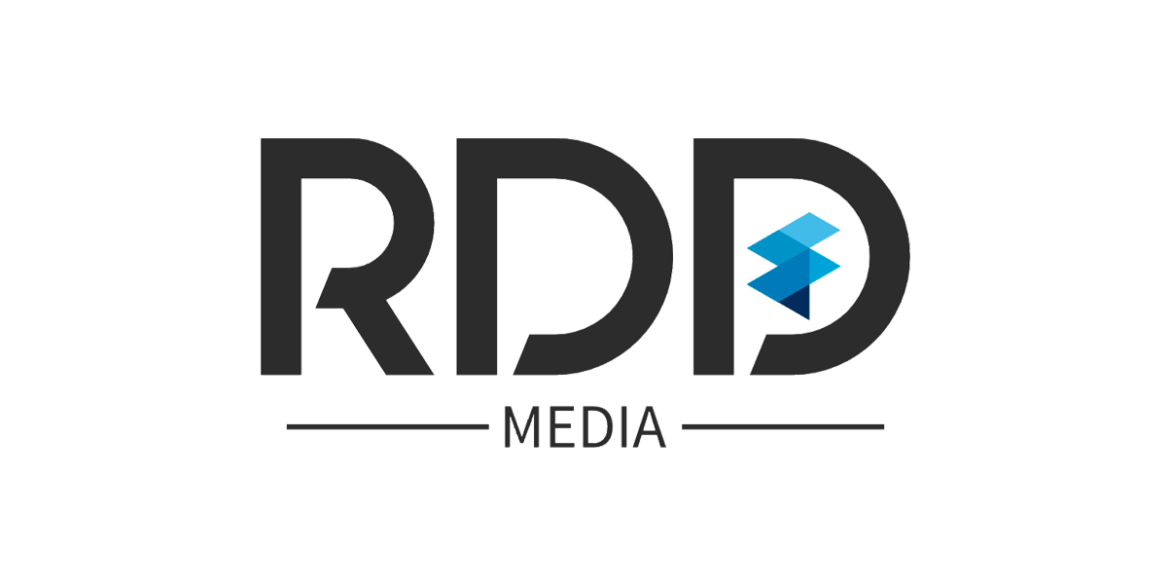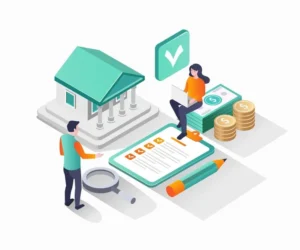Mastering Home Affordability: Calculating Your Budget for Homebuying

When embarking on the journey to homeownership, one of the most critical aspects is setting a realistic budget. Understanding how much you can afford is the foundation upon which your entire homebuying adventure is built. In this comprehensive guide, we will walk you through the key steps to calculate your affordability accurately, ensuring that you make well-informed financial decisions along the way.
Contents
- 1. Evaluate Your Financial Health
- 2. Understand Debt-to-Income Ratio
- 3. Determine Your Down Payment
- 4. Factor in Additional Costs
- 5. Use Mortgage Affordability Calculators
- 6. Get Preapproved for a Mortgage
- 7. Consider Long-Term Financial Goals
- 8. Explore Loan Options
- 9. Create a Realistic Budget
- 10. Account for Future Changes
- 11. Consult with Financial Advisors
- 12. Review and Adjust
- Conclusion: Empowering Your Homebuying Journey
1. Evaluate Your Financial Health
The first step in determining your home affordability is taking a close look at your current financial situation. This involves a thorough review of your income, expenses, outstanding debts, and credit score. By doing so, you’ll gain a clear picture of your financial health, which is essential for setting a realistic budget.
2. Understand Debt-to-Income Ratio
A crucial factor that lenders consider when approving a mortgage is your debt-to-income (DTI) ratio. This ratio compares your monthly debt obligations to your monthly income. We’ll explain how DTI is calculated and why it plays a significant role in determining your borrowing capacity.
3. Determine Your Down Payment
Your down payment is a vital component of homeownership. We’ll delve into the role of the down payment, discuss various down payment options, and explain how the amount you put down can impact your overall affordability.
4. Factor in Additional Costs
Owning a home comes with more expenses than just the monthly mortgage payment. We’ll explore other costs, including property taxes, homeowner’s insurance, maintenance, and utilities. It’s crucial to budget for these expenses to avoid any financial surprises.
5. Use Mortgage Affordability Calculators
The internet offers valuable tools known as mortgage affordability calculators. We’ll explain how these calculators work and why you should use them. They provide estimates of how much home you can afford based on your financial information, making it easier to set a budget.
6. Get Preapproved for a Mortgage
Understanding your affordability range is essential when house hunting. We’ll detail the process of getting preapproved for a mortgage and highlight the advantages it offers. With a preapproval in hand, you’ll know exactly how much you can spend, streamlining your search for the perfect home.
7. Consider Long-Term Financial Goals
Homeownership should align with your long-term financial goals. We’ll emphasize the importance of assessing how a mortgage fits into your overall financial plan. Whether you’re saving for retirement, education, or other financial milestones, your home purchase should complement your objectives.
8. Explore Loan Options
There are various types of mortgage loans, each with its own terms and conditions. We’ll provide an overview of different loan types, such as fixed-rate and adjustable-rate mortgages, and explain how your choice of loan impacts your affordability.
9. Create a Realistic Budget
A comprehensive budget is the cornerstone of successful homeownership. We’ll guide you on creating a budget that accounts for all costs associated with buying and owning a home. This ensures that you are well-prepared to manage your finances responsibly.
10. Account for Future Changes
Life is full of surprises, and it’s essential to consider potential changes when determining your affordability. Whether it’s a job change, family growth, or other life events, we’ll discuss how to factor in these variables when setting your budget.
11. Consult with Financial Advisors
For a well-informed assessment of your affordability, consider seeking guidance from financial advisors or mortgage professionals. They can provide valuable insights and ensure that your calculations are accurate.
12. Review and Adjust
Lastly, we’ll emphasize the importance of regularly reviewing and adjusting your budget as your financial situation evolves. Homeownership should be a manageable and sustainable commitment, and periodic assessments will help you stay on track.
Conclusion: Empowering Your Homebuying Journey
In conclusion, setting a budget and understanding your affordability are pivotal steps in your path to homeownership. By following these steps and calculations, you’ll be well-prepared to navigate the homebuying process with confidence, ensuring that you make informed financial decisions every step of the way. Homeownership is within reach when you master home affordability.






